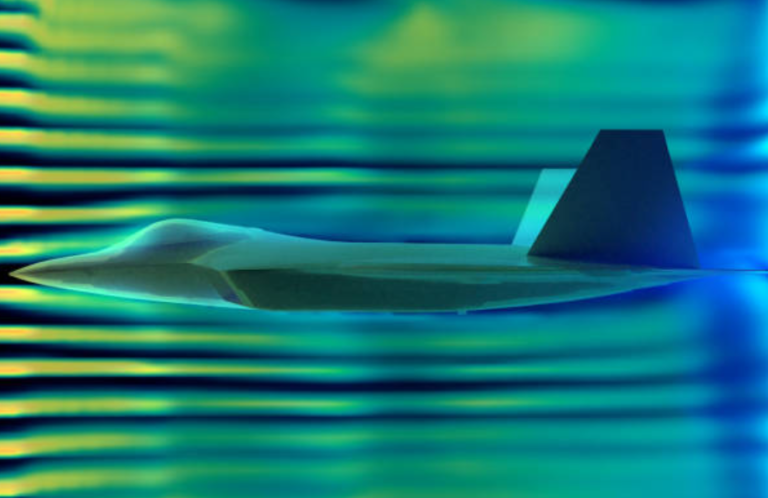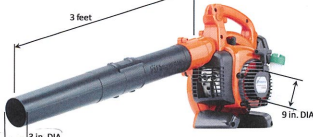Understanding Car Wind Noise
Car wind noise can be heard inside of your vehicle while driving on the highway and is the audible result of high-pressure air attempting to escape as you accelerate. This whooshing sound, high-pitched, enters through the smallest gaps or openings in the vehicle’s exterior. In automotive design, as with other design fields, variations and uncertainties…









